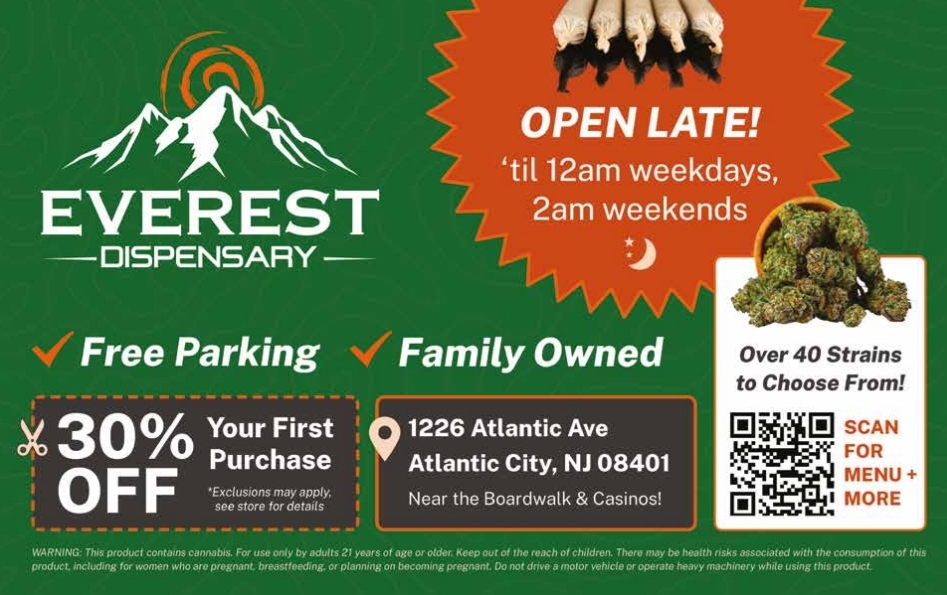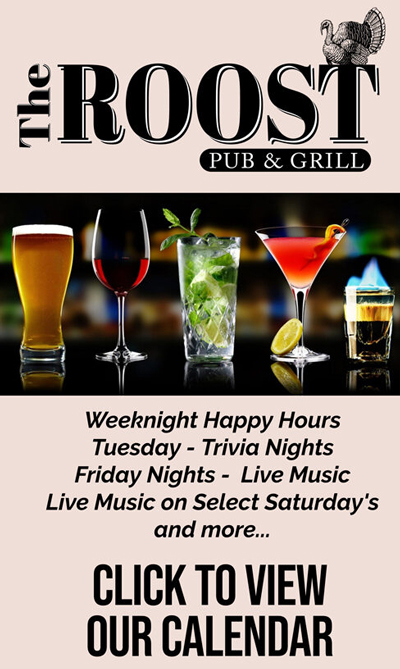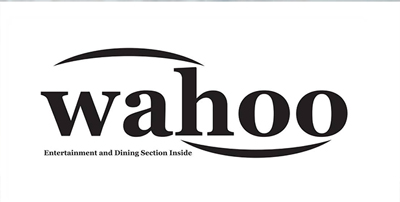Drink Up!
Arguably among the most renowned wine regions in the world, Bordeaux is home to many of the world’s most notable grape varietals. The city of Bordeaux, for which the wine region is named, is located on the Garonne River. This week, I’ll discuss the history of the wine region and introduce you to some of the key appellations and wines that make Bordeaux famous.
Winemaking in Bordeaux began in the first century B.C. under the rule of the Roman Empire. The soil and climate of the area were perfect for cultivating vines, and the river provided a convenient channel for transporting the finished wine. After the fall of the Roman Empire, wine exports dried up until the 12th century. Around then, Elinore of Aquitaine, former wife of King Louis VII and Queen of France, married Henry II of England, thus becoming the Queen of England. Aquitaine, an area that included what is now France’s Bordeaux region, fell under the rule of the English. Henry II and Elinore had a son – Richard I, aka Richard the Lionhearted – who moved his base of operations near Bordeaux when he came into power. It can be quite confusing to track European history, especially when modern-day countries fell under the rule of other monarchies for a time. Suffice it to say that the 12th century began the first golden age of the Bordeaux wine industry, with England being the principal recipient of the region’s exported wine.
In the 13th century, the appellations of Graves, Entre-Deux-Mers, Saint-Émilion, and Blaye came into prominence for their distinctive wines. However, Bordeaux’s wine industry again came to a halt due to the Hundred Years War (fought from 1337 to 1453) between England and France. It was revived once more when Dutch traders became interested in the wine trade in the 17th century and drained the marshlands in what is now known as the Medoc to plant vines. That revival prompted a second golden age that is still in effect today.
Historically, more than 70% of wines from the Bordeaux region were not bottled at the vineyards. Instead, negociants, a French term for wine merchant, had near-full control of the wine market. Winemakers would float their wine to buildings owned by negociants near the port of Bordeaux. Those negociants would then blend, bottle, and label the wine with their name on it rather than the name of the vineyard or winemaker. Unfortunately, negociants did not always act in the best interest of the vineyard owners and were often accused of shady operations. Nonetheless, those merchants are largely responsible for raising the notoriety of Bordeaux wines throughout the world.
The terroir of Bordeaux yields five well-known red grapes: Merlot, Cabernet Sauvignon, Cabernet Franc, Petit Verdot, and Malbec. Generally speaking, each of the 53 wine appellations of the region is dominated by one of the five grapes, with one or more of the other four grown in smaller amounts. The appellations are bisected by the Garonne and Dordogne Rivers, creating what the wine world often refers to as the Left Bank and the Right Bank of Bordeaux. As you can imagine, the terroir of each bank is quite different. The soil on the right is more clay-based and fertile, whereas the left is gravel-based and relatively devoid of nutrients. Cabernet Sauvignon thrives in the nutrient-poor gravelly soil of the Left Bank, while Merlot craves the nutrient-rich clay of the Right Bank. So, if you are looking at a Cabernet Sauvignon from Bordeaux, you are looking at a Left Bank wine. If someone asks for your thoughts on wine from the Right Bank, they’re likely talking about a Merlot.
Saint-Émilion is one of the most coveted wine appellations on Bordeaux’s Right Bank. The Chateau Haut-Segottes Saint-Émilion Grand Cru Bordeaux wine is a fantastic, affordable wine. It is a blended red made mostly of Merlot and Cabernet Franc, with a touch of Cabernet Sauvignon. It is beautifully balanced and dry with fruity notes of dark cherries and earthy notes of tobacco leaf, peppercorn, and soil. I would also recommend the Chateau Carbonneau Sequoia, another classic Left Bank wine from Sainte-Foy, Bordeaux. This wine is mostly Merlot and Cabernet Franc with a bit of Malbec. This reasonably priced and delicious Bordeaux red blend has aromas and flavors of dark cherries and black plums with notes of leather and baking spices. The tannins in both wines are smooth and silky.
Compare those to the Château Paloumey Haut-Médoc. The Haut-Medoc is a premier appellation of the Left Bank, where Cabernet Sauvignon takes center stage with Merlot, Cabernet Franc, and Petit Verdot providing supportive roles. The red fruit flavors of this wine are less dominant, with the earthiness of cedar and graphite taking the lead. Or try the Château Monbrison Bouquet de Monbrison Margaux from Margaux on the Left Bank. Pour a glass of wine, one from the Left Bank and one from the Right. You’re sure to notice the difference in color, taste, and dryness from each subregion.
Though famous for its red blends, Bordeaux is not only red wine. Entre-Deux-Mers is the appellation located between the Garonne and Dordogne Rivers. Sauvignon Blanc makes its home here along with a grape you may not know as well, Semillon. Chateau Sainte Marie Vieilles Vignes Entre-deux-Mers is a classic white wine blend from this subregion, dominated by Sauvignon Blanc with a touch of Semillon. To experience the flavor of Semillon, try the Château Carbonneau Cuvée La Verrière Blanc, which is 80% Semillon and 20% Sauvignon Blanc. Semillon adds notes of honey and almonds to the tree fruit and light citrus of the Sauvignon Blanc.
I hope you enjoyed learning about the history and terroir of Bordeaux. I encourage you to try some of the wines to see why this region is world-famous. As always, contact me with any questions at dsetley@passionvines.com, or stop into the store to talk wine. Until next time, happy wining!
David Setley is enjoying his retirement from higher education as a wine educator and certified sommelier at Passion Vines in Somers Point, New Jersey.
















